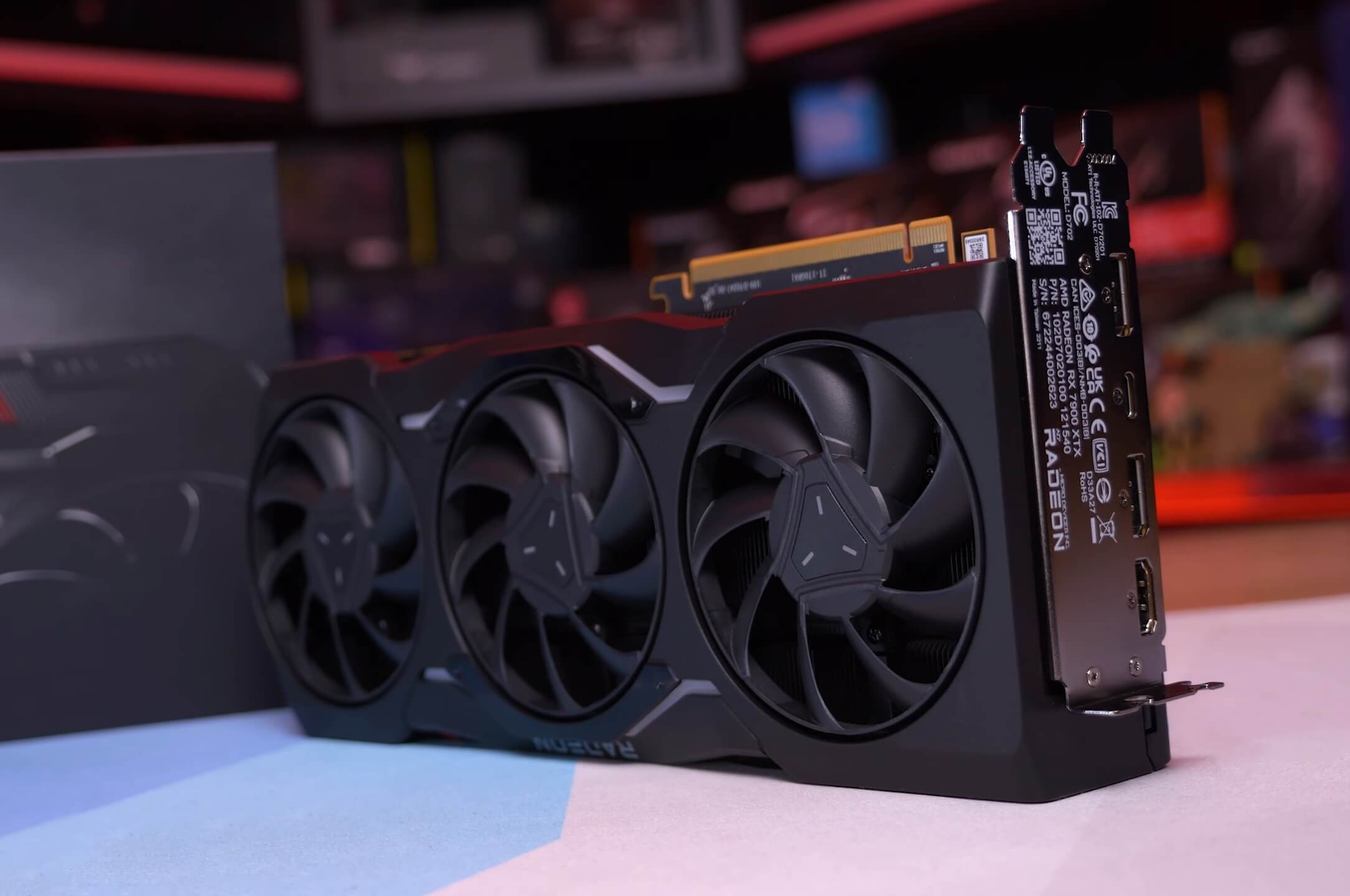Something to look forward to: With the RDNA 3 generation of graphics cards, AMD essentially conceded the high-end performance battle to Nvidia. New information suggests that Team Red also intends to let Nvidia dominate the upcoming round in the enthusiast tier. This decision may be linked to AI hardware, which is increasingly competing with gaming GPUs for semiconductor resources.
Prolific leakers recently claimed that AMD has canceled the forthcoming Navi 41 and Navi 42 GPUs. If these rumors prove accurate, AMD's RDNA 4 generation of graphics cards won't offer high-end models, focusing instead on the mid-range market.
Three sources told Kepler_L2 that the Navi 4-based cards will feature a selection similar to RDNA 1 and Polaris. The most potent consumer RDNA 1 GPU is the Radeon RX 5700 XT, while the two following generations included products in higher tiers like the 6800, 6900, 6950, 7800, and 7900. Furthermore, All The Watts reported that the upcoming Navi chips only encompass Navi 43 and Navi 44. The GPUs could feature in future products like the RX 8700, 8600, and 8500.
As for why, Bits And Chips claims AMD is focusing its limited allocation of TSMC semiconductors on building more FPGA and GPGPU chips, indicating the company is sacrificing gaming products for AI. The AI boom brought Nvidia over $10 billion in revenue last quarter. Consequently, the company has diverted some of its manufacturing allocation away from flagship GeForce RTX 4090 cards toward the immensely profitable H100 AI GPUs.
AMD will sacrifice next Radeon gaming GPUs (RX8000) output at TSMC in order to pump up FPGA and GPGPU production.
– Bits And Chips - Eng (@BitsAndChipsEng) September 8, 2023
Recently, tech companies have warned that the surge in demand for AI server hardware might lead to fresh GPU shortages. Nvidia and TSMC attribute the issue to a scarcity of chip-on-wafer-on-substrate packaging – a vital yet costly component in the AI hardware manufacturing process.
The Radeon RX 8000 series is meant to rival Nvidia's forthcoming RTX 5000 series. Both are anticipated to debut in 2024, but the release of Nvidia's cards might be delayed until 2025. Information regarding performance is limited, but the GeForce RTX 5000, which utilizes TSMC's 3nm process node, could offer significant enhancements over current Ada Lovelace GPUs.
Should AMD fail to match Nvidia's high-end next-gen offerings, the mid-tier segment will arguably become even more critical for sales. Eight out of the ten most popular GPUs in the August 2023 Steam hardware survey are midrange, and all have been on the market for over two years.
